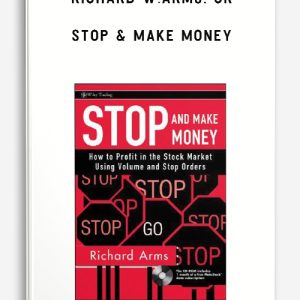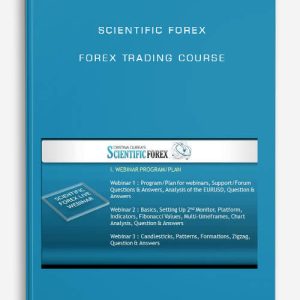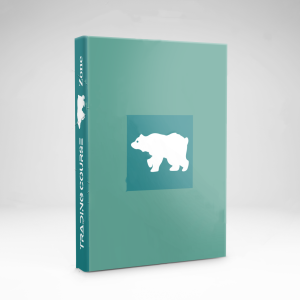Walter T.Downs – The Forex Gambit
$12.00
Product Include:
File size:
- Description
Description
Walter T.Downs – The Forex Gambit
**More information:
Get Walter T.Downs – The Forex Gambit at tradingcoursezone.com
Description
Efficient Forex trading requires expert mathematical and analytical skills. Forex Gambit, a form of Strategy, is derived from chess. In order to take bolder actions, some sort of material sacrifice needs to be done. Taking bolder actions obviously mean that profits reaped will be higher. So this strategy is daring, efficient and profitable.
This strategy was devised by Walter T. Downs and was aimed at substantially turning a smaller capital into a huge one. Forex Gambit is an effective betting algorithm based on a daily timeframe. It can work with any currency pairs. It can make use of Bollinger Bands to enter the market and can even work with additional filters used along with it.
Forex Gambit Trading Rules:
According to the creator of this strategy, it cannot be applied without prior mathematical calculations. Projected profit estimation can be done once a mathematical structure is set up. If you simply plot historical data and put it in your calculations, it might show redundancy errors. Hence you will end up with less or no profits.
Since it has been devised for larger time frames, free access to this strategy is prohibited. As stated earlier, Bollinger Bands indicator is used to make use of this strategy. A 30 period time frame using Deviation 1 and 2 for respective Bollinger bands is used.
- If you are willing to buy or sell, average line of bands should either be rising or falling for past 10 periods.
- Midline of the indicator should intersect with the warning candle bar with shadow. In which case, closing price should be below/above the midline (selling or buying deals)
- Signal candle price at which the deal is closed must be located in the upper or lower part of the candles range.
- Stop loss should be placed on top/bottom of the minimum/maximum of the signal candle.
You should wait for at least 4 days before the Stop Losses moves to a breakeven point. Once price reaches target level, you should end the deal. You should not hold the same position for more than 14 days. This concept falls under Highly Systematic Discretion (HSD).
As you continue working with HSD, you will often encounter a chain of variations. With experience, you will be able to determine high probability trades in all types of market environment. Thus the more you practice, the better you trade.
The Forex Gambit Testing:
Forex gambit Walter Downs’ expert advisor is not freely available as of now. So if you are trying to test the above method manually, you have to keep in mind the following.
The most important of all the factors is the Simple Moving Average. Correction and breakout control the market entry. Correction is considered to be a right choice. Two types of correction are:
- Bullish correction involves 2 lower lows and a closing price which should be higher than the midpoint of the bar showing resumption of uptrend.
- Bearish Correction involves 2 lower lows and a closing price which should be lesser than the midpoint of the bar showing resumption of downtrend.
More information on such strategies can be obtained online from forex gambit pdf. Few brokers also help you with these to help you to make a profit.
Reliability:
As proposed by the author of this system, after following the rules for a stretch of one and half years, not more than 5 deals were made. 1 among them was not profitable. So you should choose higher time frames with proper Bollinger settings.
Confused about which of the strategies to work with? Try Forex gambit now.
Forex Trading – Foreign Exchange Course
Want to learn about Forex?
Foreign exchange, or forex, is the conversion of one country’s currency into another.
In a free economy, a country’s currency is valued according to the laws of supply and demand.
In other words, a currency’s value can be pegged to another country’s currency, such as the U.S. dollar, or even to a basket of currencies.
A country’s currency value may also be set by the country’s government.
However, most countries float their currencies freely against those of other countries, which keeps them in constant fluctuation.
Related Products
-
 Add to cartQuick View
Add to cartQuick View -
-82%
 Add to cartQuick View
Add to cartQuick View








